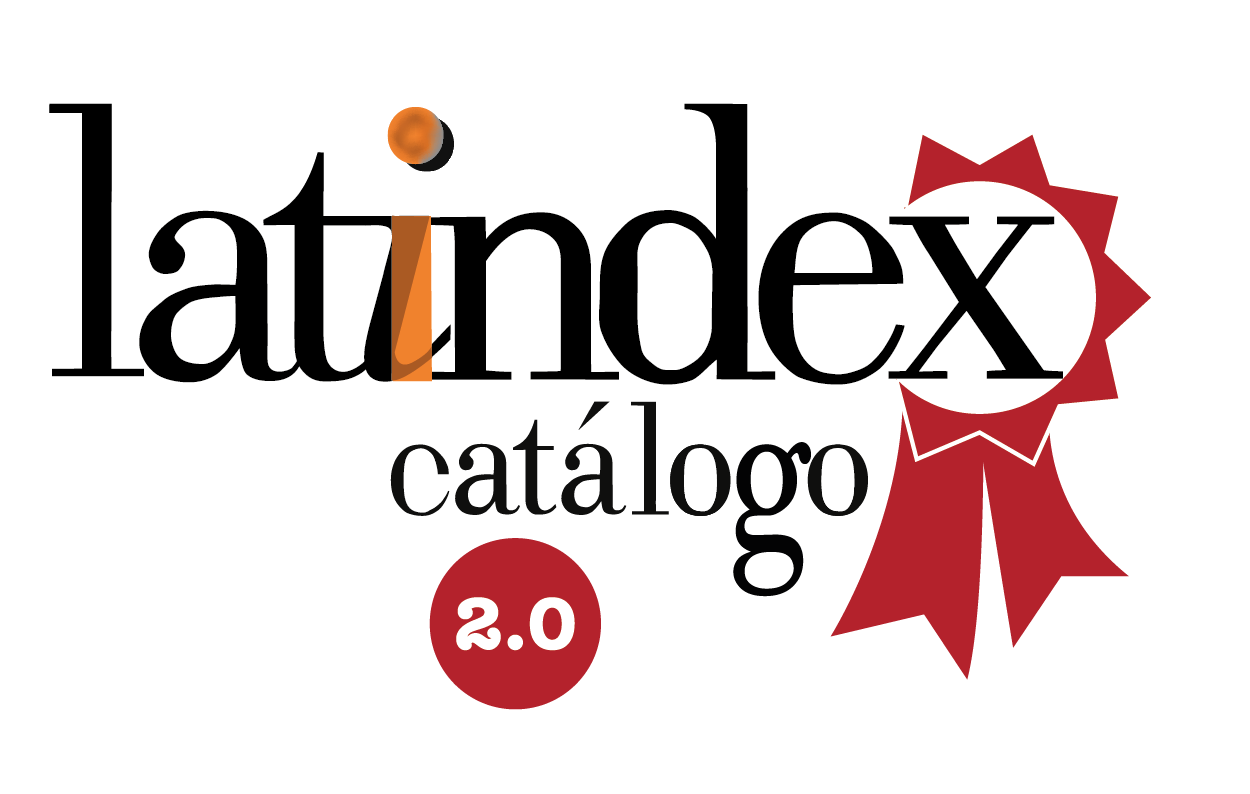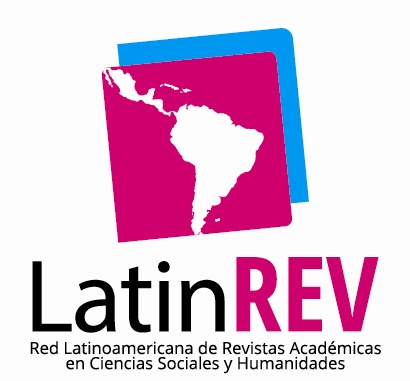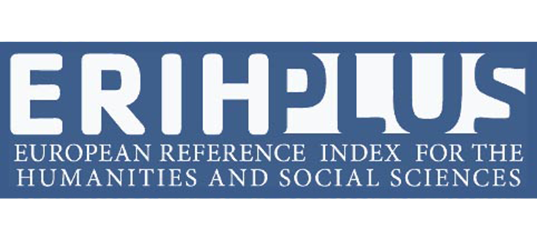Resignificación de la Estadística Aplicada a las Ciencias Sociales
DOI:
https://doi.org/10.35305/cp.vi18.280Keywords:
Statistics, Social Sciences, Conditions of possibility, Social factAbstract
This note makes a retrospective and prospective look at the discipline of Statistics Applied to Social Sciences, in light of current developments in the understanding of social facts, and of the instrumental developments of Applied Informatics to data analysis. Statistics, as “Data Science” must adapt to the analysis of both the data that determine the objective conditions, and those that allow inferring the subjective dispositions of the actors who participate in a social fact, and thus account for the conditions of possibility that contribute to the study of “what happens” in society.
Downloads
References
Abusabha, Rayane & Woelfel, Mary (mayo 2003). Qualitative vs quantitative methods: Two opposites that make a perfect match. Journal of the American Dietetic Association 103 (5), 566- 569.
Álvarez-Gayou Jurgenson, Juan Luis (2003). Cómo hacer investigación cualitativa: Fundamentos y Metodología. México, Paidós Ecuador.
Berger, Peter, y Luckman, Tomas (1968). The Social Construction of Reatliy. New York, Random House.
Bridges, George; Gillmore, Gerald; Pershing, Jana; Bates, Kristin, (enero 1998). Teaching Quantitative Research Methods: A Quasi-Experimental Analysis. Teaching Sociology. Ameri- can Sociological Association 26 (1), 14-28.
Chernobilsky, Lilia y D´Onofrio, María Guillermina, (2001). El análisis de datos cualitativos asistido por recursos informáticos: el software ATLAS/ti en un estudio sociológico sobre el papel social de la universidad pública argentina. Actas de las Terceras Jornadas sobre Etnografía y Métodos Cualitativos. Buenos Aires, Instituto de Desarrollo Económico y Social.
Gibbs, Graam (2014). El análisis de datos en la investigación cualitativa. Madrid, Ediciones Morata.
Sechrest, Lee & Sidani, Souraya, (enero-marzo 1995). Quantitative and qualitative methods:
Is There an Alternative. Evaluation and Program Planning 18 (1), 81-91.











